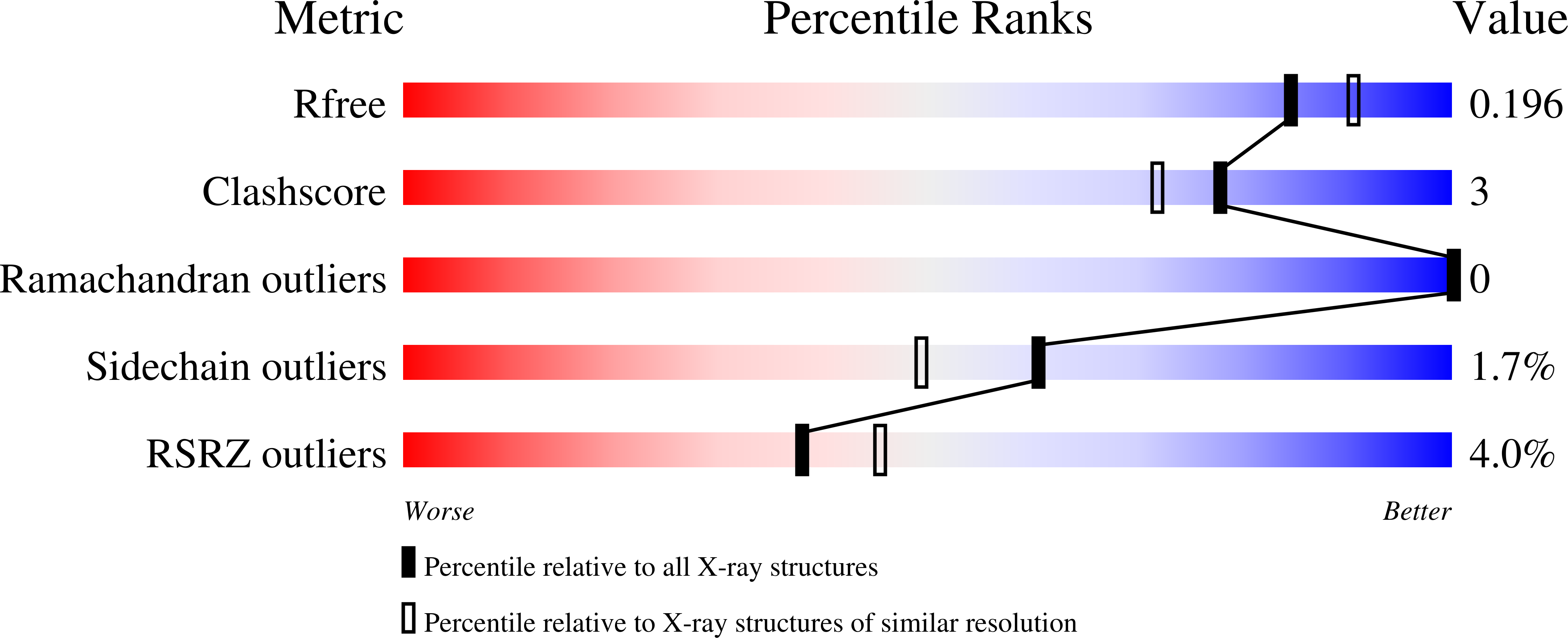
Deposition Date
2020-08-26
Release Date
2021-03-10
Last Version Date
2024-01-31
Entry Detail
PDB ID:
7A6P
Keywords:
Title:
Structural determinants underlying the adduct lifetime in a short LOV protein PpSB2-LOV
Biological Source:
Source Organism:
Host Organism:
Method Details:
Experimental Method:
Resolution:
1.93 Å
R-Value Free:
0.19
R-Value Work:
0.17
R-Value Observed:
0.17
Space Group:
P 1 21 1


